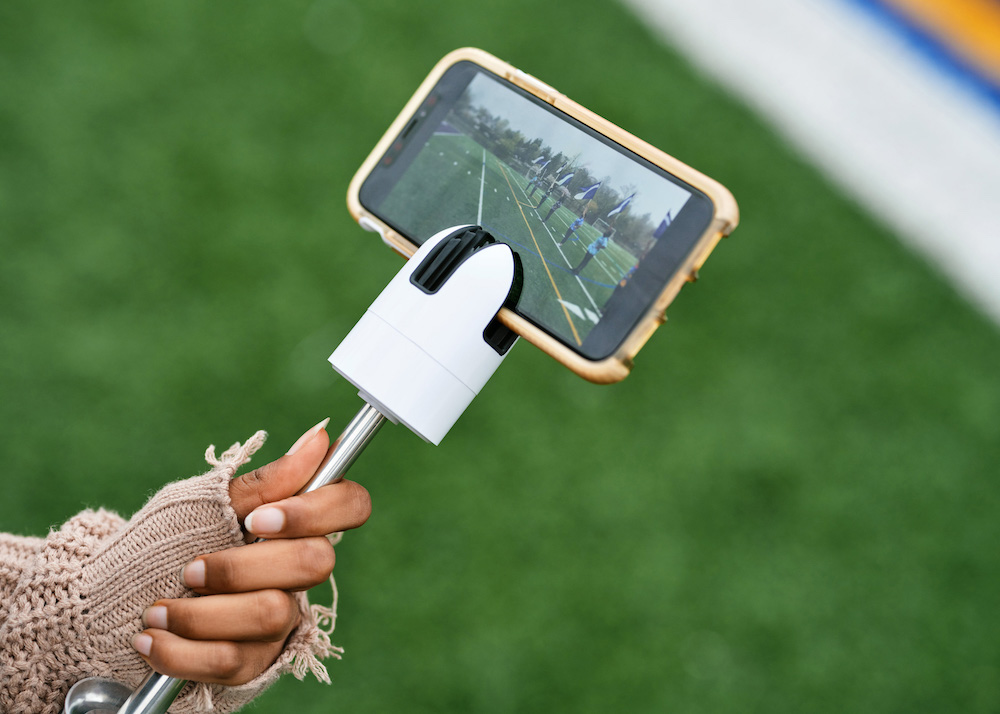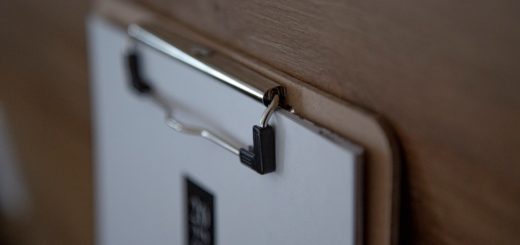Apple preps mmWave push for iPhone 13, says Digitimes

We have no idea if the iPhone 13 will look at all like this
Apple is rapidly advancing its 5G offer and will as anticipated put the faster mmWave 5G standard inside more iPhones in more territories with iPhone 13, a report suggests.
Apple puts its focus on mmWave
Digitimes claims the Apple supply chain is about to begin supply of antanna in package components for the new devices, 60% of which will feature mmWave 5G. This is the fast 5G standard that is currently only available in U.S. iPhones, but it is not available on networks internationally.
Things can change and a report last year said: “Apple is also working with foreign telecom companies in the hopes of eventually expanding millimeter wave antennas to iPhones globally over the next few years.”
At the present time you find some mmWave 5G available in some U.S. cities, China, South Korea, Japan, Singapore and MENA. Europe lags behind this trend. In many cases, the experience of this faster form of 5G is one in which a user may access it in key inner city locations such as financial districts, only to revert to low band 5G elsewhere.
Component maker bonanza
Returning to the report, it seems that the drive to mmWave is good news to component suppliers including ASE Technology and ShunSin Technology.
“ASE reportedly has landed a major portion of orders for processing AiP modules for new mmWave 5G iPhones set for launch later this year, with such models expected to increase to account for 60% of new iPhone shipments, it said.
But chip shortages may bite
The report does warn that the industry-wide shortage of some processors could impact production, which may hamper iPhone 13 sales if this translates into reduced inventories.
iPhone 12 has already helped driven interest in mmWave in the U.S., with carriers offering various implementations of this, such as Verizon Ultrawideband.
“The popularity of the iPhone 12 also means that there will be a large installed base of mmWave capable devices in the U.S. This is important because it gives operators an incentive to deploy mmWave infrastructure rapidly,” said Counterpoint last year.
What’s the big deal with mmWave?
“The high throughput and low latency provided by mmWave will help unlock the true potential of 5G. With the mmWave network and devices in place, it would lay a solid foundation for Apple to leverage the power of mmWave in segments like AR/VR.”
In the background of course we know Apple to have been testing mmWave since at least 2017, and has been a member of the Next Generation Mobile Networks (NGMN) Alliance since 2014.
The company isn’t resting, of course, and is now involved in developing the successor standard to 5G, called (drum roll please) 6G. 100 times faster than 5G, 6G is expected to deliver seriously powerful long range signals and to be able to stream 142 hours of Netflix each second. The standard also has some seriously interesting implications around wireless energy, but isn’t expected to hit reality before 2030, if that. I wrote about it in a little more depth here.
What isn’t yet clear is how advanced Apple’s work in 5G has become, given we are all aware the company is working to develop its own 5G radio.
Please follow me on Twitter, or join me in the AppleHolic’s bar & grill and Apple Discussions groups on MeWe.




